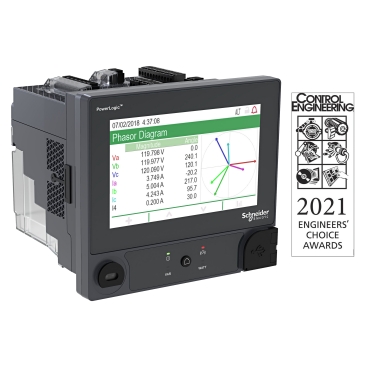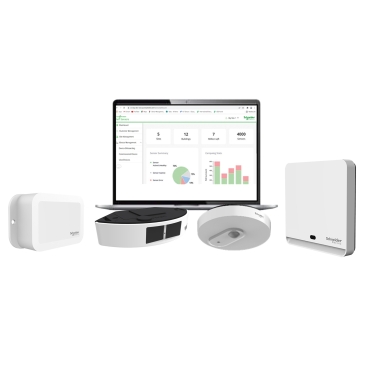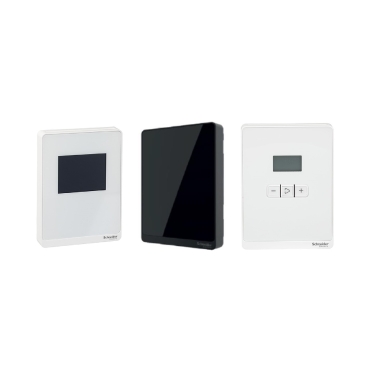Energy use and associated emissions have risen by 60% since 1992. According to the U.S. Department of Energy, energy accounts for nearly 35% of all energy consumed in the U.S. and generates 826 million metric tons of CO2 emissions. To meet our 2050 climate goals, energy management is critical in reducing emission targets and adhering to evolving environmental regulations.
Energy management is vital for industries where energy consumption is high and operational efficiency is crucial. In manufacturing, even across complex, global facility portfolios, an energy management system can reduce energy costs by up to 30%. By optimising energy use, companies can not only save money but also increase the lifespan of their equipment and reduce maintenance costs.
As the global energy landscape shifts toward renewable sources, effective energy management helps organisations transition smoothly, ensuring they remain competitive and sustainable in a rapidly changing market.
What’s in an energy management system for buildings
What are the benefits of energy management?
What are the common challenges of energy management?






How do I get started with energy management?
-
Conduct an energy audit to get a clear picture of how energy is currently being used. Identify energy-intensive processes, pinpoint inefficiencies, and assess the overall energy performance of your operations. This will form the basis for your energy management strategy, highlighting areas where immediate improvements can be made.
-
Set clear energy goals that align with overall business objectives. Include clear targets such as reducing energy consumption by a certain percentage, cutting down on energy costs, or achieving specific sustainability metrics. These goals give energy management efforts direction and purpose.
-
Develop an energy management plan that outlines the specific actions needed, for example, upgrading equipment, implementing energy-efficient technologies, or optimising operational processes. Include timelines, assign responsibilities, and set up a system for tracking progress and measuring success.
-
Implement the right tools and technologies by installing sensors, metres, and automated controls to monitor and manage energy use in real-time. An Energy Management System (EMS) can integrate these tools and provide a centralised platform for analysing data and optimising energy performance. Ensure that the technologies you choose are scalable and adaptable to future needs.
-
Build a culture of energy awareness by communicating the importance of energy management to stakeholders at all levels. Training and awareness programmes can help foster a culture of energy consciousness where everyone is motivated to contribute.
-
Monitor, measure, and optimise using tools implemented to track energy performance against goals, and regularly review energy data, analyse trends, and identify new opportunities for improvement. Adjust your energy management strategies as needed to ensure that you stay on track to meet your objectives.
-
Review and update the energy management plan as needed, periodically reviewing and updating it to reflect changes in operations, new technologies, or shifts in energy goals. Continuous improvement is key to maintaining an effective energy management programme.
-
If necessary, seek external support and expertise to help manage energy effectively. Many energy management service providers offer consulting, auditing, and implementation services that can help you navigate the complexities of energy management. Partnering with experts can accelerate your progress and ensure you apply best practices in your energy management efforts.





























